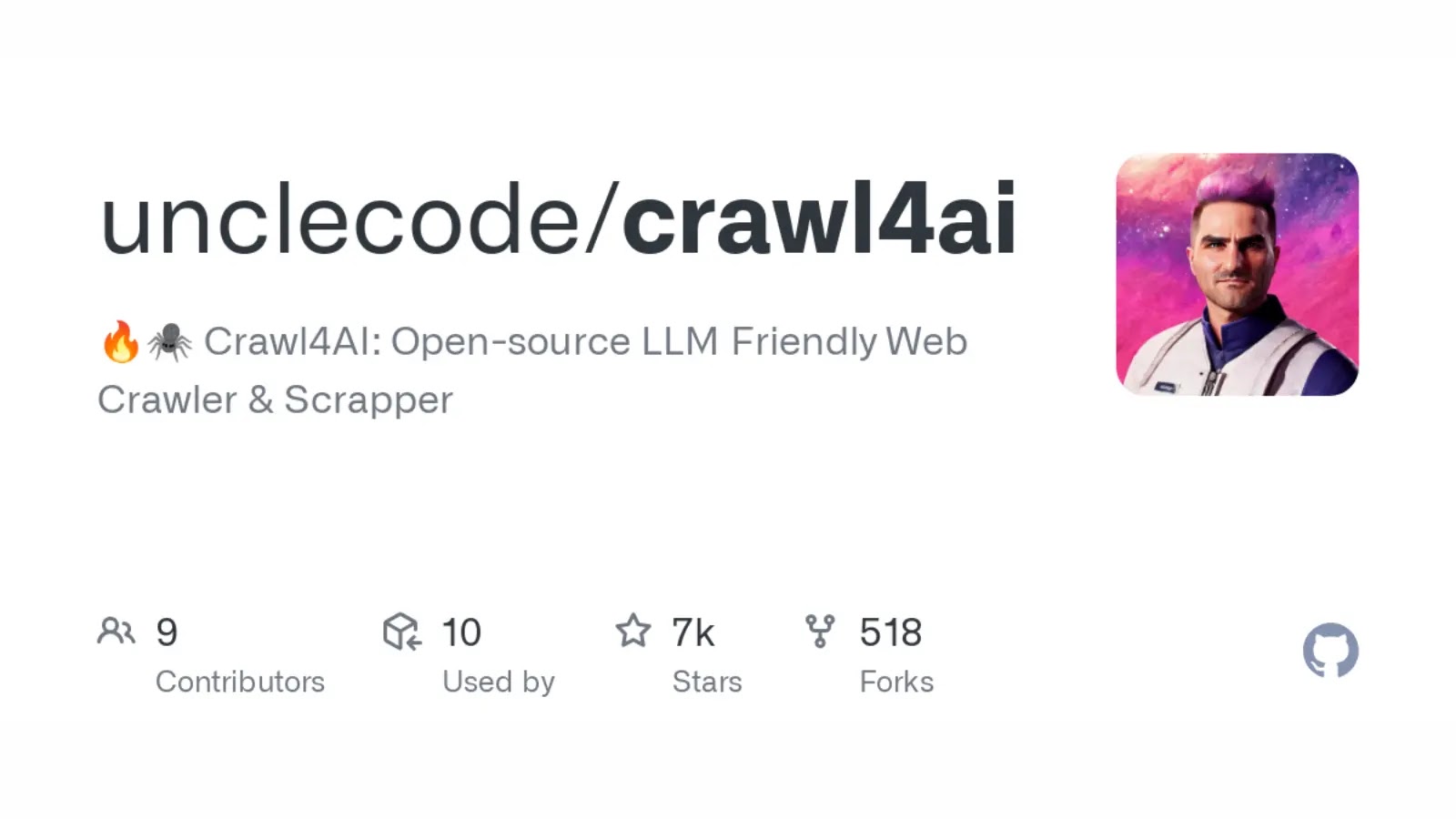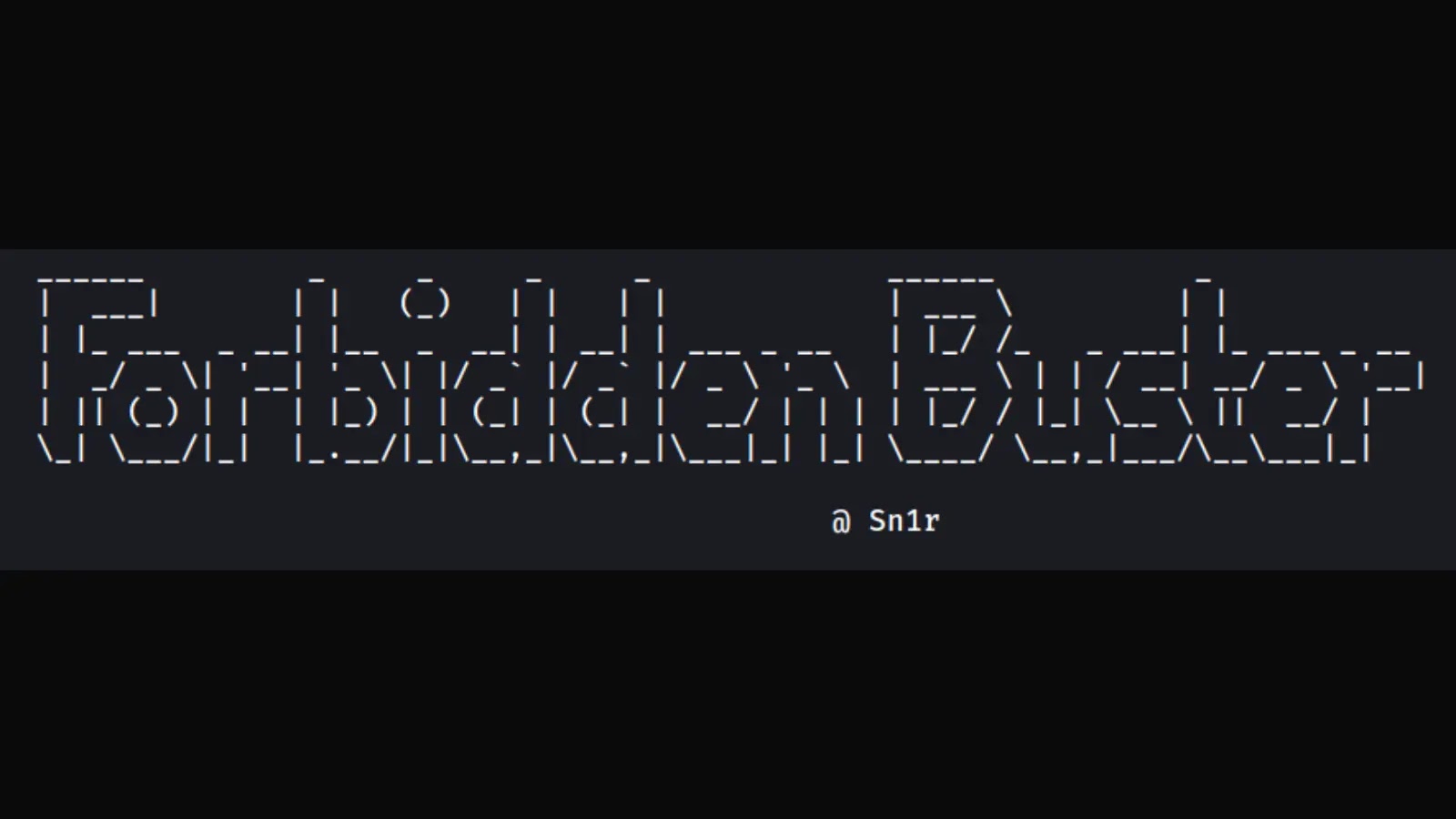Forbidden Buster is a tool designed to automate various techniques in order to bypass HTTP 401 and 403 response codes and gain access to unauthorized areas in the system. This code is made for security enthusiasts and professionals only. Use it at your own risk.
Features
- Probes HTTP 401 and 403 response codes to discover potential bypass techniques.
- Utilizes various methods and headers to test and bypass access controls.
- Customizable through command-line arguments.
Updates
- Added API fuzzing methods, which probe for different API versions and also tamper with the data.
- Removed rate limiting feature for now. Better implementation in the future.
Installation & Usage
Install requirements
pip3 install -r requirements.txtRun the script
python3 forbidden_buster.py -u http://example.comArguments
Forbidden Buster accepts the following arguments:
-h, --help show this help message and exit
-u URL, --url URL Full path to be used
-m METHOD, --method METHOD
Method to be used. Default is GET
-H HEADER, --header HEADER
Add a custom header
-d DATA, --data DATA Add data to requset body. JSON is supported with escaping
-p PROXY, --proxy PROXY
Use Proxy
--include-unicode Include Unicode fuzzing (stressful)
--include-user-agent Include User-Agent fuzzing (stressful)
--include-api Include API fuzzingExample Usage:
python3 forbidden_buster.py --url "https://example.com/api/v1/secret" --method POST --header "Authorization: Bearer XXX" --data '{\"key\":\"value\"}' --proxy "http://proxy.example.com" --include-api --include-unicode
.webp)








.webp)








.webp)

